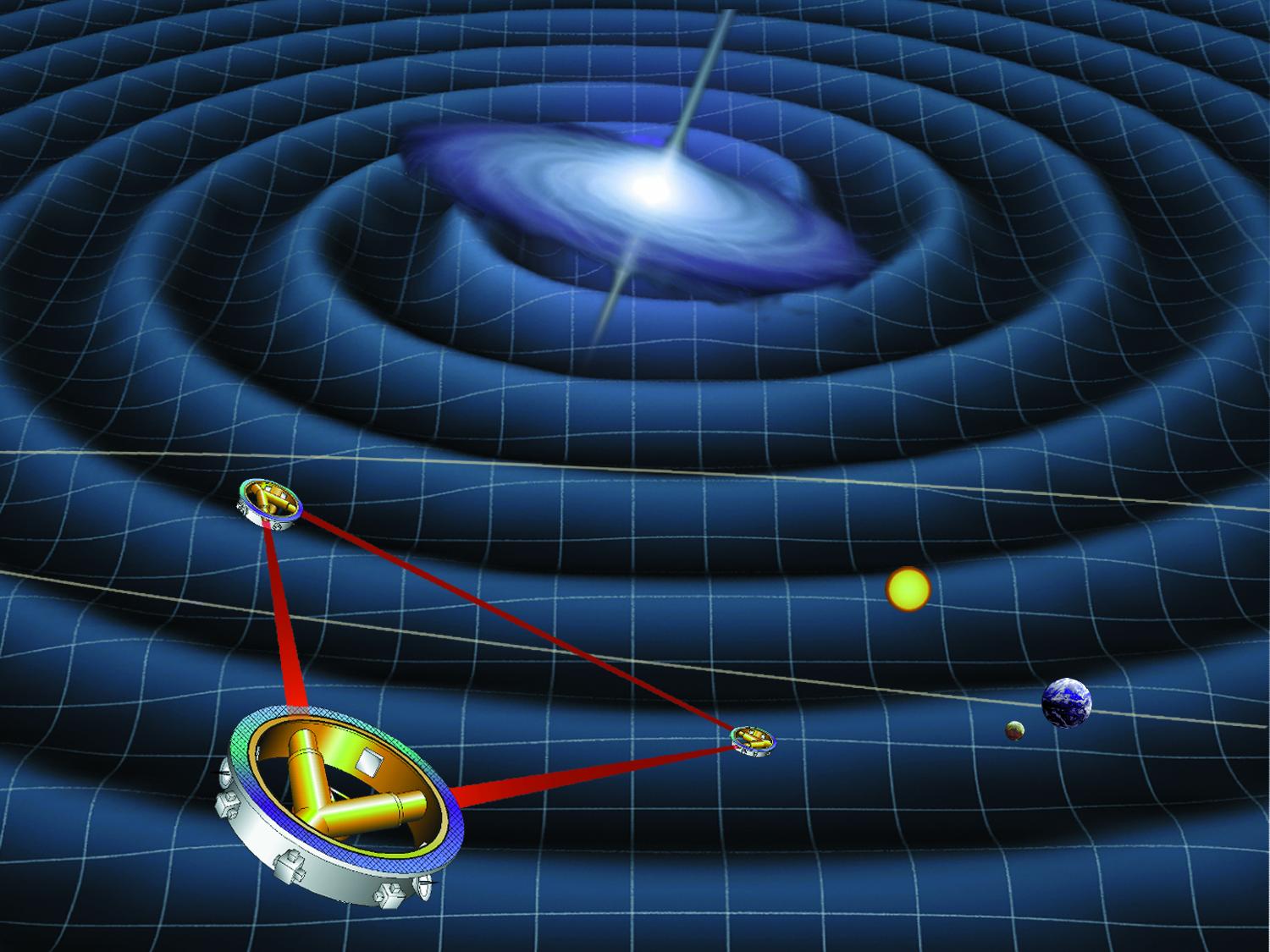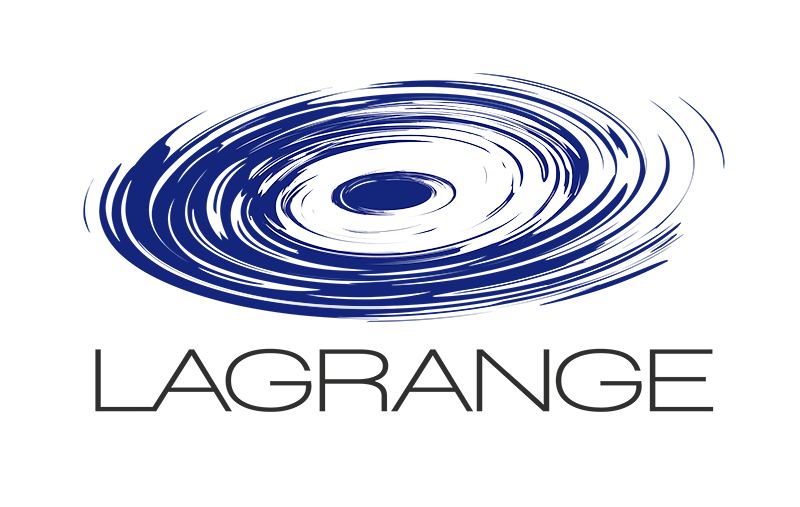The LISA Mission was adopted by ESA in January, as the next L-class mission, with a launch date in 2035. LISA will detect GWs in the milliHertz regime, where we observe the coalescence of supermassive galaxies up to very high redshift as well as thousands of compact binaries in the Milky Way and many other sources. The LISA mission is an international collaboration between ESA, its member states, and NASA. It will consist of three identical spacecraft forming a near equilateral triangle that exchange laser beams over the 2.5 × 106 km long arms. LISA will use precision laser interferometry to compare separations between test masses that are protected by the spacecraft from non-gravitational disturbances. LISA will coherently measure spacetime strain variations as a function of time, including frequency, phase, and polarisation, forming a continuous, all-sky observatory sensitive to all sources simultaneously.
France is a major contributor to LISA, including the responsibility for the coordination of the data analysis, though the Distributed Data Processing Center (DDPC). The Observatoire de la Côte d'Azur is responsible for the pipelines creating the final data products (e.g. catalogs). For any question, contact Astrid Lamberts (co-PI LISA-Frace, Coordinator of the DDPC catalog production).





